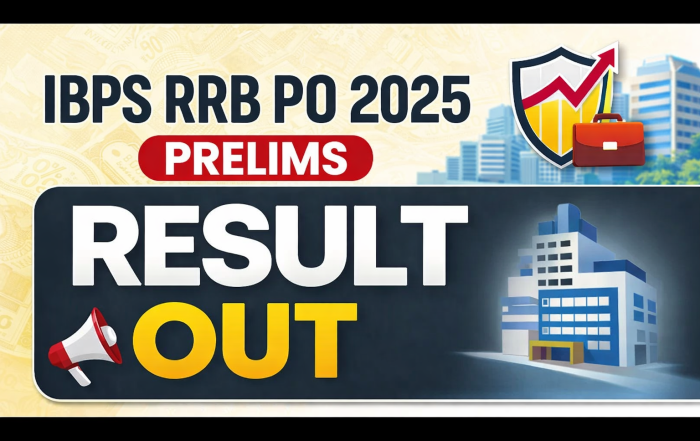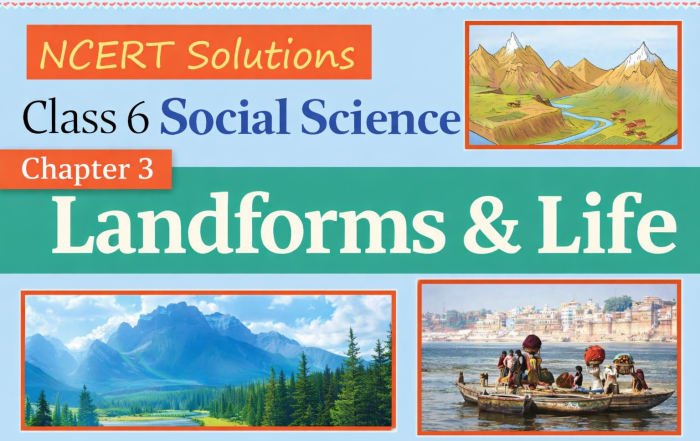RECENT POSTS
NTA UGC NET JRF December 2025 Admit Card & Exam Dates
NTA UGC NET JRF December 2025 Admit Card: Latest Update The National Testing Agency (NTA) will conduct the UGC NET December 2025 examination for Assistant Professor and Junior Research Fellowship (JRF). As per the official [...]
Class 6 History Chapter 4: Timeline & Sources Explained
Social Science – History Exploring Society: India and Beyond Class 6 History Chapter 4: Timeline and Sources of History Understanding history becomes easier when students connect lessons with real-life examples. Class 6 History Chapter 4: [...]
IBPS RRB PO Prelims Result 2025 Declared – Check Now 📢
IBPS RRB PO Prelims Result 2025 Released The IBPS RRB PO Prelims Result 2025 has been officially announced on 19 December 2025 on the Institute of Banking & Personnel Selection’s official website, www.ibps.in. As a [...]
Landform and Life – Chapter-3 Class 6 Geography Complete Q&A 🌍
🌍 Landforms and Life – Class 6 Geography Chapter 3 (Solved Questions) Landforms and Life – Class 6 Geography Chapter 3 explains how different landforms like mountains, plateaus, and plains affect human life.This article provides [...]
Class 6 Geography Chapter 2: Oceans and Continents Q&A
Class 6 Geography – Chapter 2: Oceans and Continents (Questions & Answers) This article provides easy, exam-oriented answers for Class 6 Geography Chapter 2 – Oceans and Continents. The explanations are written in simple language, [...]
Rajasthan VDO Result 2025 Released – PDF & Cut Off Out
📌 Rajasthan VDO Result 2025 Released – Check PDF & Cut Off Good news for candidates! The Rajasthan VDO Result 2025 was officially released on 19 December 2025 along with the cut off marks. Candidates [...]
Class 6 Geography Chapter 1: Locating Places on the Earth Q&A
Class VI Social Science – Geography Chapter 1: Locating Places on the Earth (Questions & Answers) This post covers Class 6 Social Science Geography Chapter 1 – Locating Places on the Earth, including important question–answer [...]
CLAT Result 2026 Released: Download Scorecard & NLU Marks
CLAT Result 2026 OUT: Latest Official Update 🎓 The Consortium of National Law Universities (CNLUs) has officially declared the CLAT Result 2026 on December 16, 2025. As a result, candidates who appeared for the Common [...]
SSC Delhi Police Constable Admit Card 2025: Download Link ✅
SSC Delhi Police Constable Admit Card 2025 – Download Date & Exam Schedule The Staff Selection Commission (SSC) is preparing to conduct the SSC Delhi Police Constable Recruitment Examination 2025 for 7,565 vacancies. Candidates who [...]
DRDO CEPTAM 11 Recruitment 2025 Apply Online for 764 Posts
🏢 DRDO CEPTAM 11 Recruitment 2025 – Complete Overview The Defence Research and Development Organisation (DRDO) has officially announced the CEPTAM 11 Recruitment 2025. This recruitment drive opens an excellent opportunity for candidates who are [...]










